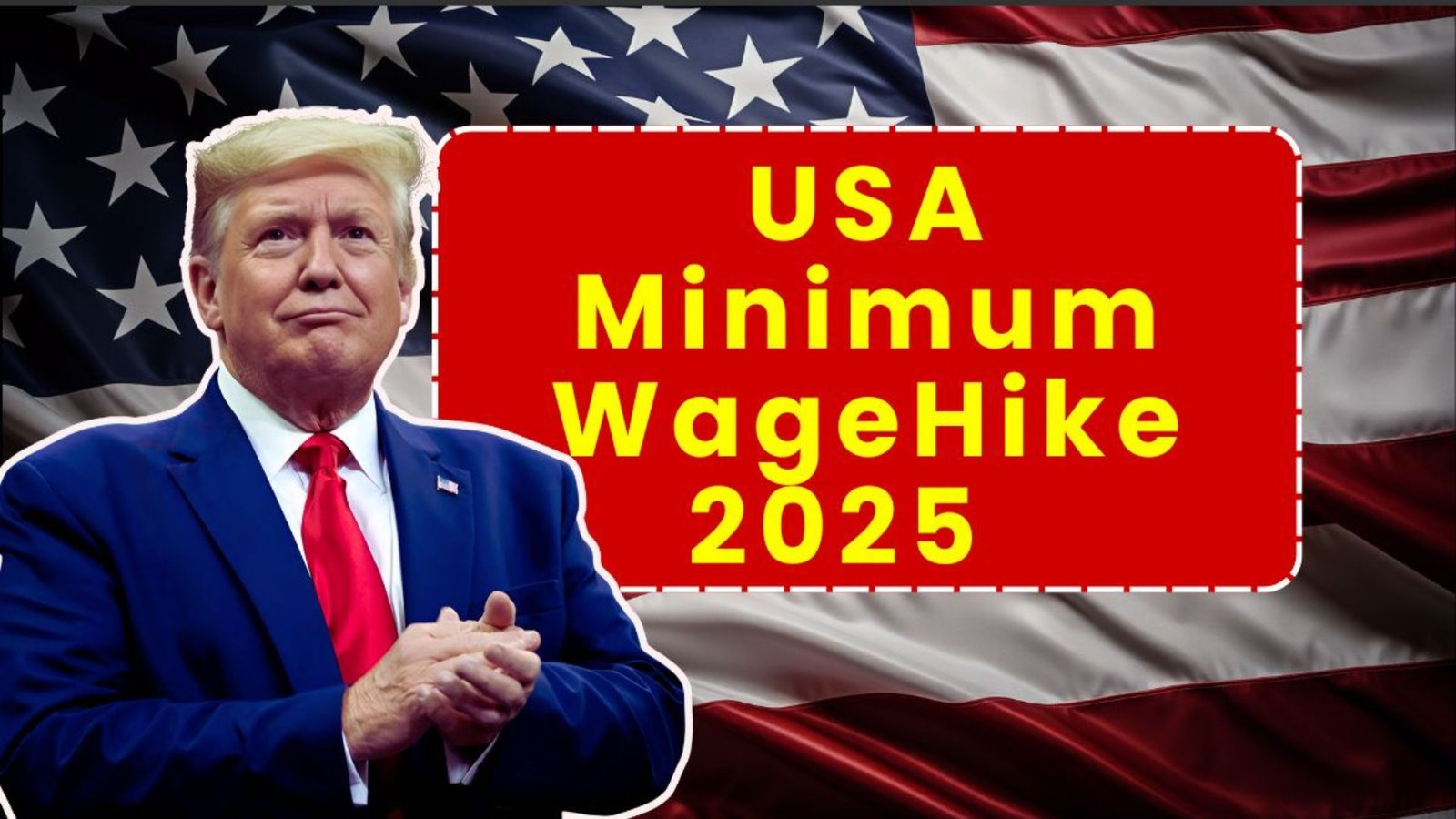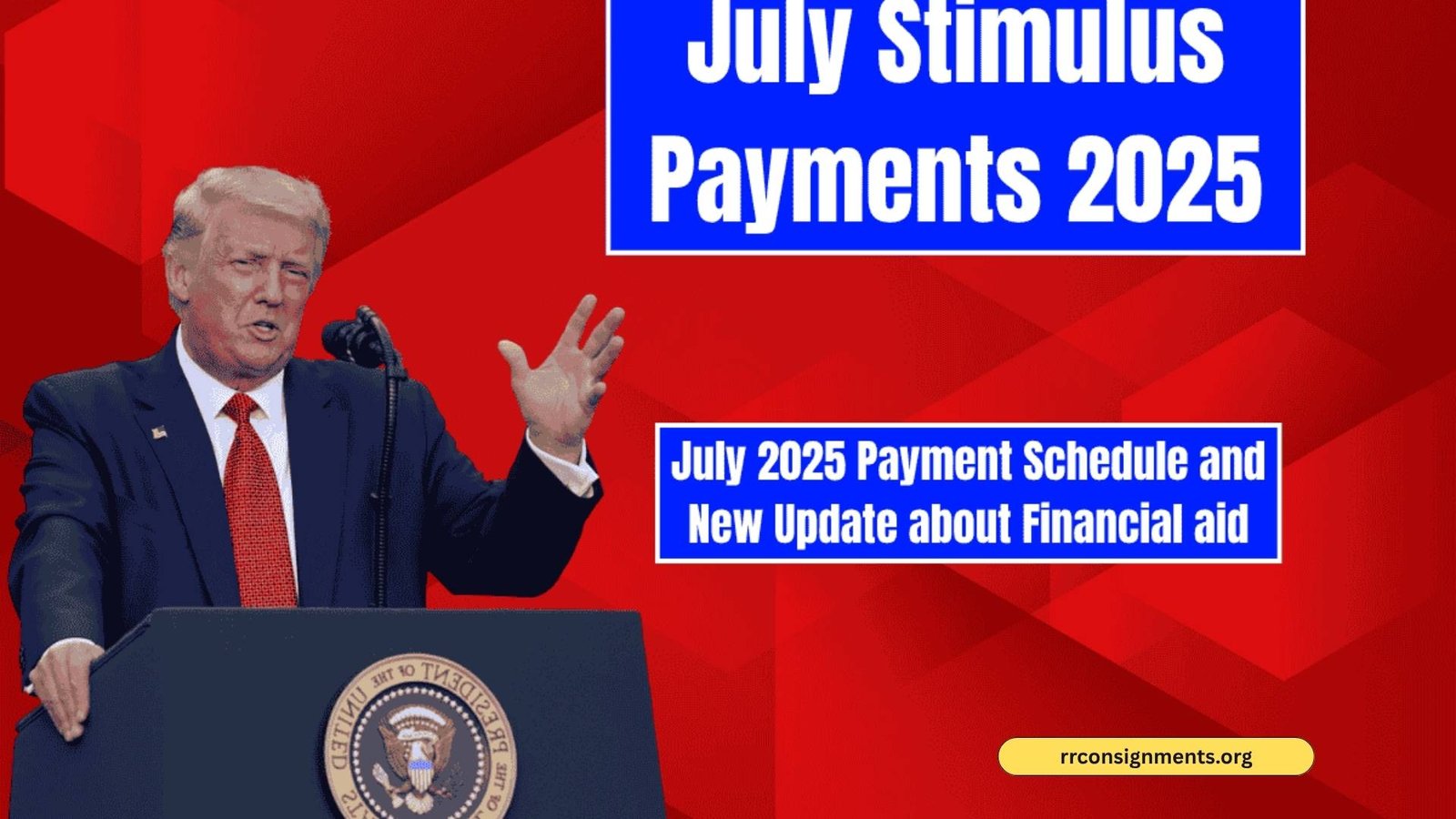The minimum wage is the lowest hourly pay employers must give workers, ensuring they earn enough to cover basic needs. In 2025, the USA is seeing changes in minimum wage laws, with many states raising their rates to match rising living costs.
This article breaks down the updated minimum wage rates for every state in simple terms, so you can easily understand what workers will earn this year. Whether you’re an employee or an employer, staying informed about these changes is key to ensuring fair pay and compliance.
Why Minimum Wage Matters
The minimum wage helps workers afford essentials like food, housing, and healthcare. It promotes fairness and reduces poverty by ensuring a basic standard of living. In 2025, many states are increasing their minimum wages to keep up with inflation and rising costs.
While the federal minimum wage remains at $7.25 per hour, unchanged since 2009, many states have set higher rates to better support workers. These changes aim to improve workers’ lives and boost the economy by increasing their spending power.
Benefits of Higher Minimum Wages
- Financial Security: Workers can cover basic needs like rent and groceries.
- Better Work Motivation: Fair pay encourages employees to work harder and stay productive.
- Reduced Poverty: Higher wages help lift families out of financial hardship.
- Economic Growth: More money in workers’ pockets means more spending, which supports businesses.
2025 Minimum Wage Rates by State
Below is a clear and updated table of minimum wage rates for each state and Washington, D.C., effective as of January 1, 2025, unless otherwise noted. Some states adjust wages later in the year, and local cities may have higher rates.
| State | Minimum Wage (2025) | Notes |
|---|---|---|
| Alabama | $7.25 | Follows federal minimum wage. |
| Alaska | $13.00 | Effective July 1, 2025, part of a plan to reach $15 by 2027. |
| Arizona | $14.35 | Adjusted annually for inflation. |
| Arkansas | $11.00 | No change in 2025. |
| California | $16.50 | Fast-food workers: $20.00; healthcare workers: up to $24.00. |
| Colorado | $14.97 | Adjusted annually for inflation. |
| Connecticut | $16.35 | Adjusted annually for inflation. |
| Delaware | $15.00 | Largest increase in 2025, up by $1.75. |
| Florida | $13.00 | Increases to $14.00 on September 30, 2025. |
| Georgia | $7.25 | $5.15 for non-FLSA employers; federal minimum applies otherwise. |
| Hawaii | $14.00 | No change in 2025. |
| Idaho | $7.25 | Follows federal minimum wage. |
| Illinois | $15.00 | Reached $15 benchmark in 2025. |
| Indiana | $7.25 | Follows federal minimum wage. |
| Iowa | $7.25 | Follows federal minimum wage. |
| Kansas | $7.25 | Follows federal minimum wage. |
| Kentucky | $7.25 | Follows federal minimum wage. |
| Louisiana | $7.25 | Follows federal minimum wage. |
| Maine | $14.15 | Adjusted annually for inflation. |
| Maryland | $15.00 | No change in 2025. |
| Massachusetts | $15.00 | No change in 2025. |
| Michigan | $12.48 | Increases to $12.48 on February 21, 2025. |
| Minnesota | $11.13 | Large employers ($500K+ revenue): $11.13; smaller: $9.13. |
| Mississippi | $7.25 | Follows federal minimum wage. |
| Missouri | $13.75 | Increased by $1.00 in 2025. |
| Montana | $10.55 | $4.00 for non-FLSA businesses with gross sales ≤ $110,000. |
| Nebraska | $13.50 | Increased by $1.00 in 2025. |
| Nevada | $11.25 | $10.25 for employees with company benefits. |
| New Hampshire | $7.25 | Follows federal minimum wage. |
| New Jersey | $15.49 | Adjusted annually for inflation. |
| New Mexico | $12.00 | No change in 2025. |
| New York | $16.50 | $15.50 outside NYC, Long Island, and Westchester. |
| North Carolina | $7.25 | Follows federal minimum wage. |
| North Dakota | $7.25 | Follows federal minimum wage. |
| Ohio | $10.70 | $5.35 for tipped employees. |
| Oklahoma | $7.25 | $2.00 for non-FLSA employers; federal minimum applies otherwise. |
| Oregon | $15.95 | Portland: $16.30; non-urban: $14.05, effective July 1, 2025. |
| Pennsylvania | $7.25 | Follows federal minimum wage. |
| Rhode Island | $15.00 | Reached $15 benchmark in 2025. |
| South Carolina | $7.25 | Follows federal minimum wage. |
| South Dakota | $11.50 | Adjusted annually for inflation. |
| Tennessee | $7.25 | Follows federal minimum wage. |
| Texas | $7.25 | Follows federal minimum wage. |
| Utah | $7.25 | Follows federal minimum wage. |
| Vermont | $14.01 | Adjusted annually for inflation. |
| Virginia | $12.00 | No change in 2025. |
| Washington | $16.66 | Highest local rate in Burien: $21.16 for large employers. |
| West Virginia | $8.75 | No change in 2025. |
| Wisconsin | $7.25 | Follows federal minimum wage. |
| Wyoming | $7.25 | $5.15 for non-FLSA employers; federal minimum applies otherwise. |
| Washington, D.C. | $17.95 | Increases to $18.00 on July 1, 2025. |
Note: Rates are for non-tipped employees unless specified. Local city rates (e.g., Seattle, WA at $20.76) may be higher. Check with state labor departments for details.
Impact of the 2025 Wage Hikes
The 2025 minimum wage increases will affect millions of workers, especially in states like Delaware, Illinois, and Nebraska, which are seeing significant raises. These changes help workers afford basic needs, reduce income inequality, and encourage spending, which boosts local businesses.
However, some small businesses may face challenges adjusting to higher wages, potentially leading to price increases for goods and services. In the long run, higher wages can drive economic growth by increasing consumer demand.
Key Highlights
- Biggest Increase: Delaware’s $1.75 hike to $15.00 is the largest in 2025.
- Highest State Rate: Washington, D.C., leads at $17.95, increasing to $18.00 by July.
- Federal Contractors: A federal executive order raises their minimum wage to $17.75 per hour starting January 1, 2025.
- Fast-Food and Healthcare: California sets higher wages for fast-food ($20.00) and healthcare workers (up to $24.00).
FAQs About 2025 Minimum Wage Hikes
When will the federal minimum wage increase?
There’s no confirmed plan to raise the federal minimum wage in 2025. It remains at $7.25, but many states set higher rates.
Which state has the highest minimum wage in 2025?
Washington, D.C., has the highest rate at $17.95, increasing to $18.00 on July 1, 2025.
Do all workers benefit from minimum wage increases?
Most non-tipped workers benefit, but exemptions may apply for small businesses or specific industries. Tipped workers often have different rates.
How do I know the minimum wage in my city?
Check with your state’s labor department, as some cities (e.g., Seattle, Denver) have higher local rates than the state minimum.
Will higher wages increase prices?
Possibly. Some businesses may raise prices to cover higher labor costs, but increased worker spending can balance this by boosting the economy.
Conclusion
The 2025 minimum wage hikes across the USA reflect efforts to support workers amid rising living costs. With 22 states and many cities increasing wages, millions of workers will see better paychecks, improving their quality of life and driving economic growth.
However, employers must stay updated on state and local laws to ensure compliance. By understanding these changes, workers and businesses can navigate the evolving wage landscape with confidence. For the latest details, consult your state’s labor department or trusted resources like the U.S. Department of Labor.










